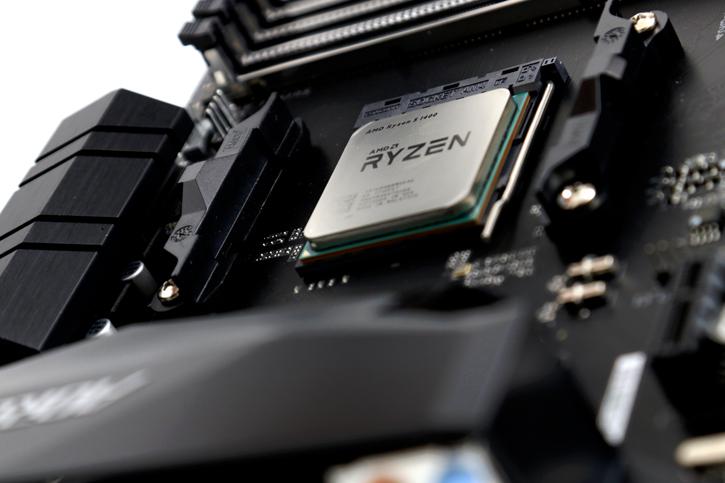Introduction
AMD Ryzen 5 1400
Value with AMD's 169 USD four-core proc.
It is quad-core time with the Ryzen 5 1400 (without that X). The Ruzen 5 1400 will be tested and overclocked to see how much value you can squeeze out of this four-core and and eight-threaded processor. AMD recently inserted four new SKUs in the Ryzen 5 series, among them the 1600X six-core processor and quad-core 1500X. There are however also non X models, they have a slightly slower base and XFR range, but when tweaked clock roughly the same (give or take 100 MHz) compared to the higher binned SKUs. As such if you are willing to OC a little yourself, you can get a four-core Ryzen 5 1400 processor for just 169 USD, and that is okay value. Hence we'll do just that today, we take that Ryzen 5 1400, and then test it both at default clocks and tweaked close to 3.8 GHz.
Base specs:
- 65W TDP
- 2+2 CCX config
- 8MB L3 cache
- 512K L2 cache per core
- 3.2 GHz Base Clock
- 3.2 GHz All-Core Clock
- 3.4 GHz 2-Core Boost
- 3.45 GHz XFR
Now, before we get into the nitty gritty details, under the hood (that would be a euphemism for heat-spreader) these processors are ALL the very same 8-core parts (physically). Yet they have been sorted and reconfigured. That quad-core in reality is the 8-core part yet set up and enabled in a 2+2 fashion, thus each out of the two 4-core clusters (CCXs) has 2 cores enabled. For the six-core parts that means per 4-core cluster (CCX) one core is disabled and that means these processors are set up in a 3+3 fashion. Other than that, again these are physically the 8-core Summit Ridge parts. That also invokes corresponding caches, TDPs and yes, these processors are all threaded and get an multiplier unlocked as well. The Ryzen 5 1400 has a 65W TDP. According to AMD, Ryzen 5 1400 will be competing with the Intel Core i5 7600 and the Ryzen 5 1500X is attacking the price and performance bracket of the Core i5-7600k. Before we move onwards into the review, there has been a lot of chatter on the web on 1080p game performance, CCX interlink latency and bandwidth and/or clock frequencies being responsible and so on. The fact is that week after week Ryzen processor performance has been increasing thanks to BIOS updates and software optimizations. Pair it with good and reasonably fast memory (say 2933 MHz) and you will have a a nice value processor. Many of you have been following the news on memory latency. Newer BIOS (AGESA 1006 and upwards based firmware) update ensures better performance and takes a notch of memory latency. We have been testing with this update and can confirm a drop in that memory latency and thus the overall performance. We'll show you that later on in the article. We test Ryzen at 2933 MHz or, if the platform supports it, 3200 MHz as yes, the symbiosis in-between Ryzen and higher-frequency memory is a very important factor to weigh in to your purchasing decisions.
In the market you will spot Ryzen series 3, 5 and 7 processors. It’s plain and simple, and as always that works out the best to understand product positioning compared to the Intel line-up. We’ll go into more detail on the next few pages, of course. The Ryzen series 5 processors are four- and six-core processors at attractive pricing combined with a nice IPC increase over the last generation products. Overall we have lots to talk about and to look at, let’s start up the review shall we?


